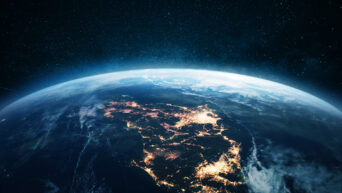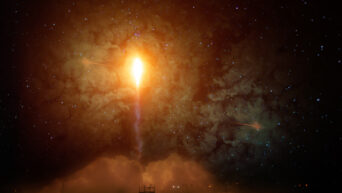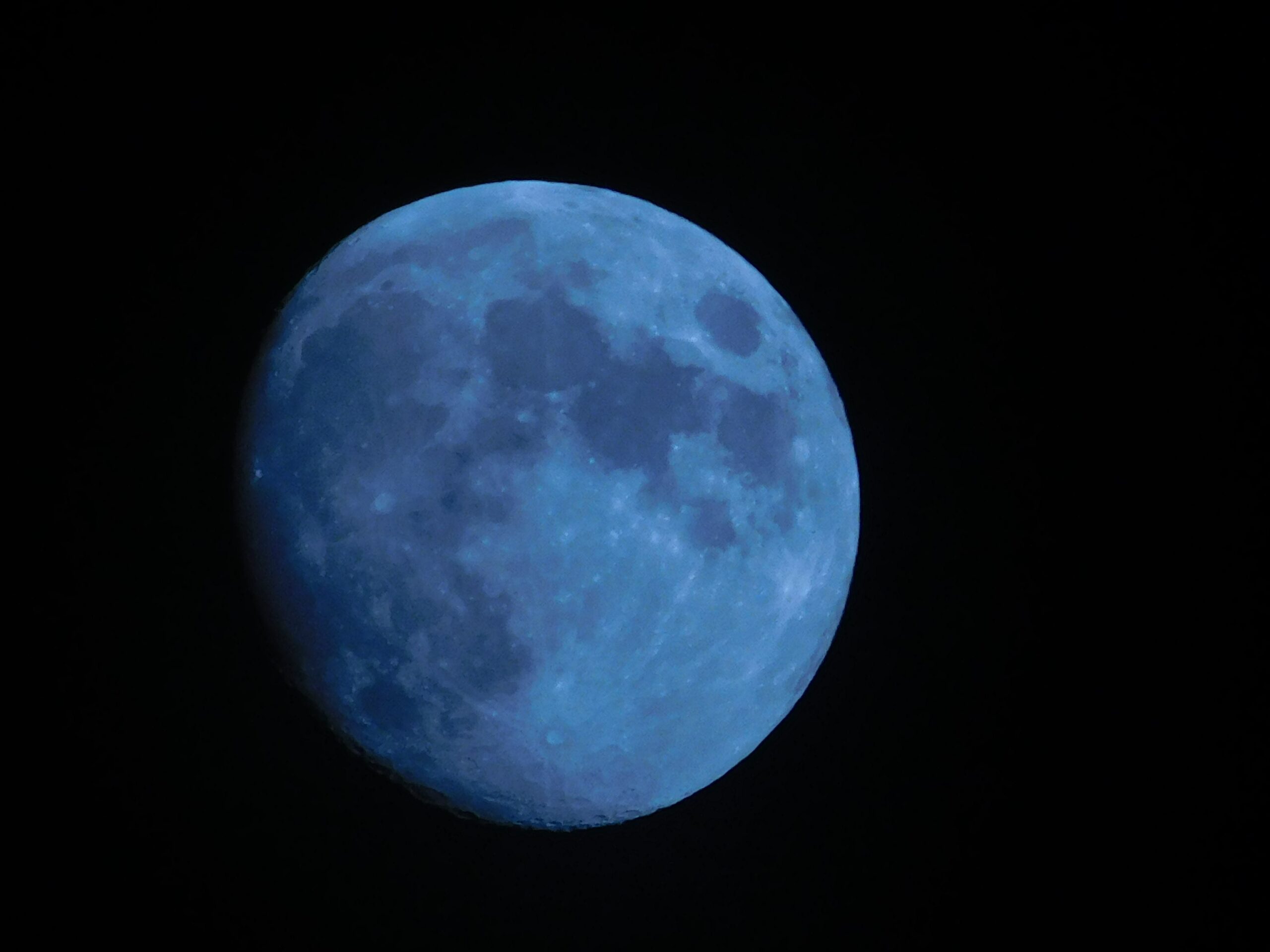An extraordinary occurrence that won’t repeat for another 14 years
Prepare to be captivated by the night sky as a spectacular celestial event unfolds on August 30th. NASA confirms that Wednesday night will showcase a “super blue moon,” an extraordinary occurrence that won’t repeat for another 14 years. This remarkable event involves the convergence of two rare phenomena — a supermoon and a blue moon.
A supermoon, occurring only three to four times a year, transpires when the Moon reaches its full phase and comes closest to Earth in its orbit. This month, however, holds a unique surprise: two full moons. When this happens, the second full moon, also known as a blue moon, is termed a “super blue moon.”
Despite the subtle size difference, akin to that between a quarter and a nickel, a supermoon should appear brighter than a typical full moon. On August 30th, at 9:36 p.m. Eastern Time, the Moon will stand opposite the sun.
The last rare Super Blue moon until 2037 will take place tomorrow, August 30th. pic.twitter.com/FsfFrnBJ0E
— Pop Base (@PopBase) August 29, 2023
The countdown has begun for this unique event, and it will be 14 years until the next occurrence. Although the time between super blue moons can vary, they usually transpire around every 10 years. Mark your calendars for the next chances to witness this celestial wonder in January and March 2037.
While almost every month hosts a full moon, only 3% qualify as blue moons. Contrary to the name, a blue moon’s color is not the cause for its title. Instead, it refers to the occurrence of a second full moon in a calendar month. The last blue moon graced our skies in August 2021, and the next is anticipated in May 2026, making this upcoming event a must-see for astronomy enthusiasts.
The term ‘blue moon’ is a quirk of our lunar calendar, creating an intriguing intersection of astronomy and language. The moon’s enchanting glow remains unchanged, and it’s an opportunity for the public to appreciate the marvels of our universe.
As you gaze up at the night sky on August 30th, remember that the “super blue moon” will not appear blue due to atmospheric conditions. The moon turns this hue only when tiny particles, such as smoke or dust, scatter red wavelengths of light.

































